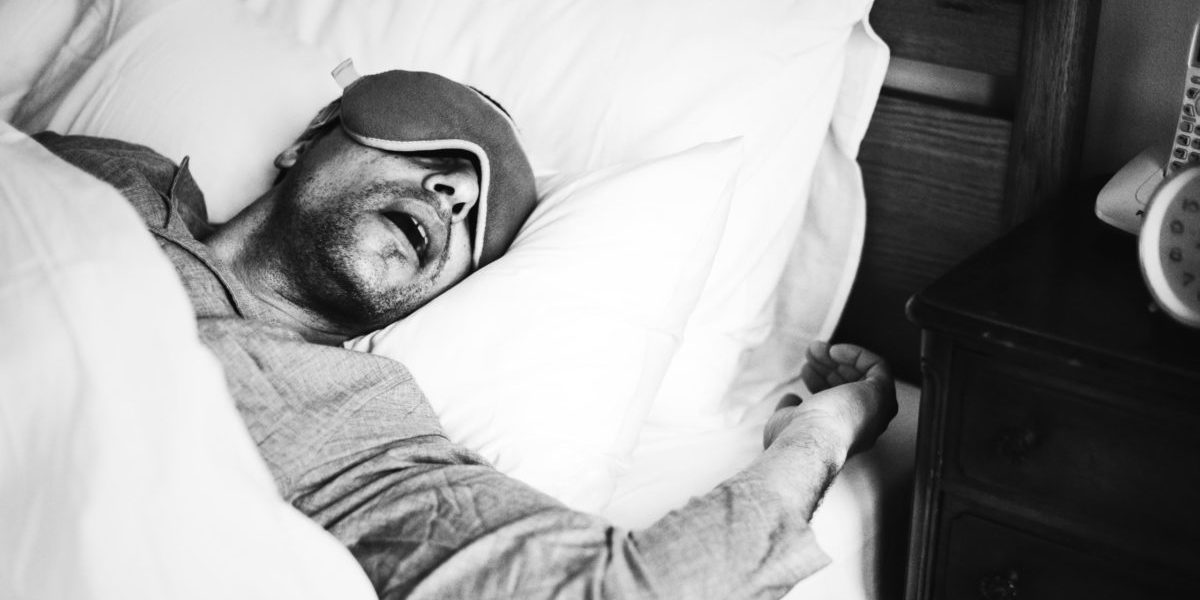Sleep is a biological need for life and health. Like the need for food, too little or too much has significant mental and physical health consequences. Most adults need seven to nine hours of good-quality sleep every 24 hours to perform during well.
When you lose sleep, you build up sleep debt that will seriously impair your performance at work, and the only way to pay off this debt is to get enough sleep.
Management may perceive fatigue as a behavioral problem – an employee’s lack of commitment to the job, a poor attitude, or lack of willpower. Our pervasive cultural mentality embraces the notion that fatigue can be conquered by sheer will or perhaps that it is a badge of honor. This position, of course, ignores the growing body of research demonstrating the safety and productivity consequences of fatigue and sleep deprivation.
Creating a culture in the workplace that recognizes the importance of fatigue management is critical. As we consider the future of work, now is the time for employers to address sleep deprivation and fatigue to support their employees’ well-being – and ultimately their organizations’ success.
It has been estimated that 13% of all workplace injuries are related to sleep deprivation and fatigue.[1] And, according to the National Safety Council, highly fatigued workers are 70% more likely to be involved in incidents that result in injury, and workers who report disturbed sleep are nearly twice as likely to die in a work-related incident. This is because mental fatigue leads to distortions that influence decision-making. For example, making decisions automatically, without conscious thought. Our brains are very selective on what to focus on and this is more limited with fatigue. We think we see everything in view, but we don’t.
Also, when we’re cognitively fatigued, we are more likely to find easier paths. We believe we can multitask, but when we try, we make more errors.
There are many causes of fatigue that result from workplace factors and those related to personal lives. Categorically, causes of fatigue include physical, mental and environmental loads. Forceful exertion, repetitive motion and awkward postures are examples of physical loads that can result in fatigue, while stressful coworker relationships, lack of decision autonomy, shift work and irregular work hours can drive mental fatigue. Temperature extremes, noise and low lighting are examples of environmental loads.
Shift work is another area of focus. Employers should be aware that the beginning and ending of shifts are the most dangerous. Occupations that involve non-traditional work hours comprise about 15% of US workforce, so careful assessment of the timing of shifts and rotations is essential. Allowing time for use of caffeine has been shown to be effective – especially when combined with 10 to 15 minutes of napping. Use of caffeine just before a short nap can allow sleep before the caffeine begins to have affect. Other steps can include providing adequate lighting and temperature control when possible.
Supervisors will likely need to rely on observation and experience to identify when workers are experiencing fatigue and possible presenteeism. Signs of fatigue include acute or chronic sleepiness, yawning, irritability, reduced memory or concentration, low motivation, mistakes and lapses in communication and judgment. Supervisors should be trained on how to spot these signs and intervene.
Supervisors should also clearly reinforce with employees that it is their responsibility to arrive at work rested and ready to provide full effort. Employees need to evaluate their sleep and seek help for sleep disorders. If they are having problems obtaining adequate amounts and/or quality of sleep, they should follow up with a healthcare provider to seek assistance. Sleep hygiene techniques include maintaining a regular sleep schedule, avoiding stimulants and other substances that impact sleep before bedtime and getting adequate exercise.
Workers who are fatigued or sleep deprived simply will not be as safe or productive as workers who are not. Employers can play a critical role in keeping their employees safe by fostering a company culture that supports employee well-being – including sleep.
[1] Uehli K, Mehta AJ, Miedinger D, Hug K, Schindler C, Holsboer-Trachsler E, Leuppi JD, Künzli N Sleep Med Rev. 2014 Feb; 18(1):61-73.
*The views and opinions expressed in the Public Risk Management Association (PRIMA) blogs are those of each respective author. The views and opinions do not necessarily reflect the official policy or position of PRIMA.*

Mark S. Williams, DC, MBA, DACBOH
Medical Director, Claims, The Hartford
Responsibilities
Mark explores innovations in processes and products that are supported by scientific evidence in order to serve The Hartford employees and external customers. He provides consultative insight and leadership on health care matters across all products at The Hartford. This includes claims with complex medical issues, as well as thought leadership and education with clinical and claim staff.
Mark also provides guidance to impact health and wellness and empower The Hartford's customers to prevail both in and out of the workplace. He partners with business units to provide the best and in-depth answers to customers' most pressing questions.
Business Experience
Mark has been involved in healthcare, as well as disability and workers' compensation insurance industries for over 30 years.
Professional Affiliations
- American Chiropractic Association
- American Chiropractic Board of Occupational Health
- American Chiropractic Association Opioid Task Force (Chair)
- IAIABC Medical Issues Committee
- IAIABC Work Disability Prevention and Return-to-Work Committee
Education
Mark has a Doctor of Chiropractic degree as well as an MBA. He is board certified in occupational health and ergonomics, and has a bachelor degree in human biology.



